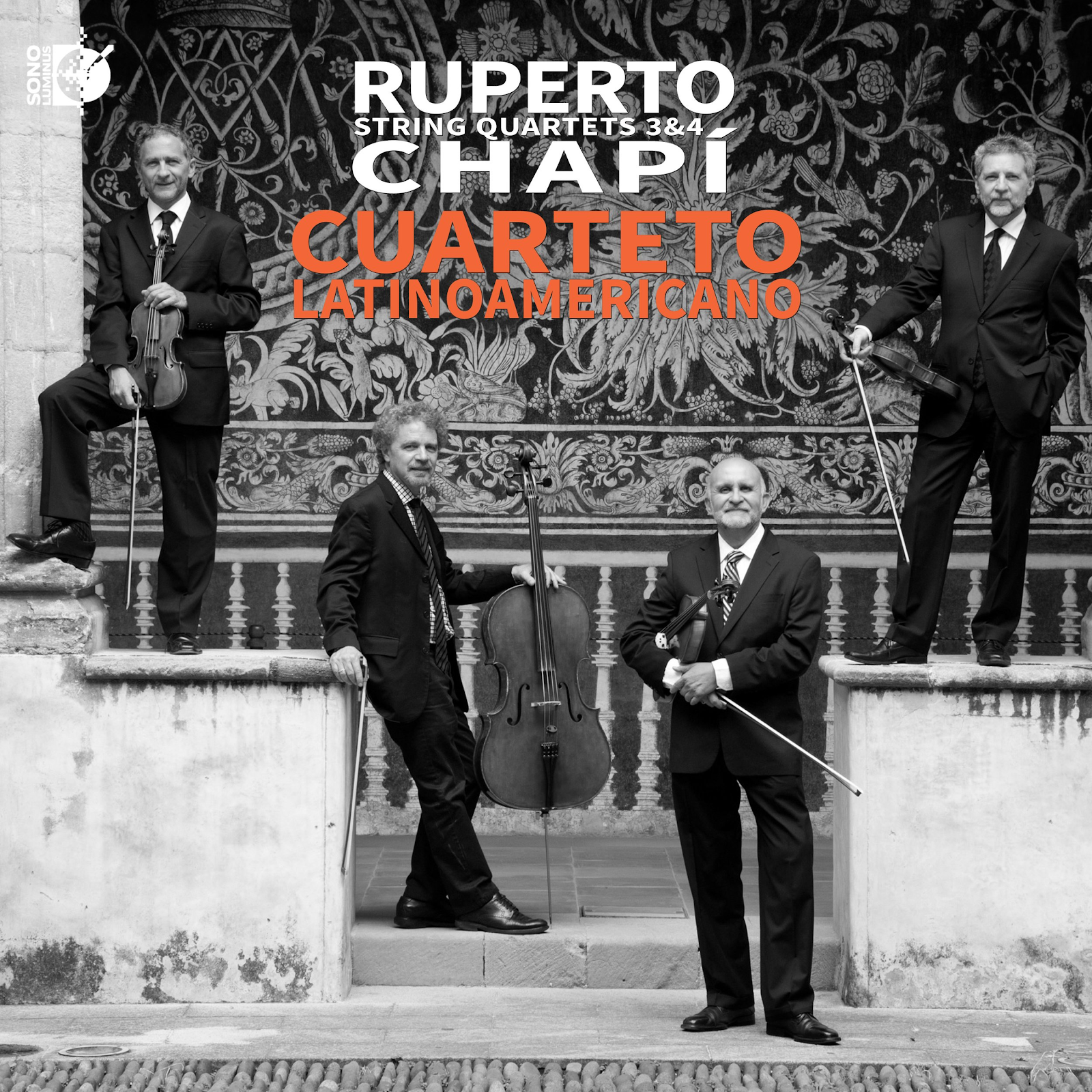Potentially every release in New Music could be something truly in its own world. One needs to take such things seriously because we are talking about somebody's long-term grappling with self-expression. A review may have some bearing on that life, at least ideally, so that it behooves us to approach it all earnestly and attentively.
So today it is such a thing, an album put together with a lot of care and creative thrust. It consists of three compositions of Kate Soper and two improvisations by Kate Soper and Sam Pluta. The album is entitled The Understanding of All Things (New Focus Recordings FCR 322), which is in fact also the title of the first work we encounter in the program's sequence.
The title work, "The Fragments of Parmenides," and "So Dawn Chromatically Descends to Day" are Soper compositions that feature Kate on piano and vocals along with Sam Pluta on live electronics. Then there are two works ("Dialogue I" and "Dialogue II"). They are improvisations by Soper and Pluta with the same lineup as the compositions. more specifically it features text by George Berkeley and Kate Soper, which Kate presents while Pluta creates a live electronics backdrop. The second Dialogues features wordless vocals and piano by Kate and live electronics by Sam.
The Soper-composed works feature absorbing texts--"The Understanding of All Things" (2013-15) by Kafka with deliberate fragmentation initially by Kate and a vital ultra-Modern expressivity of piano and electronics. Kate is her own impressive self on vocals--these are decidedly something more than "composer vocals"--she has an excellent voice that she uses not so much with typical operatic training so much as natural unpretentiousness and precise declamation as called for. The vocal parts are generally in the foreground with modernistic sound color complexities from piano and electronics.
The texts are either poetic or philosophical and so justify their existence by presenting thoughts and feelings worthy of our attention, and make a musical centrality that perfectly opens up to the instrumental and electronic movements in spatio-temporal synchronicity and soundscaping, or in the case of Yeats, song weaving.
It is all distinctive, haunting, dramatic and absorbing, deep and quite sincere. I sometimes dislike recitation in the contemporary music world, because if the words do not work in themselves, the music cannot save them. This is the opposite--everything works together well and originally. And the words are quite worthy in themselves.
I recommend this one highly. Kate Soper is a new brilliance. Bravo!









